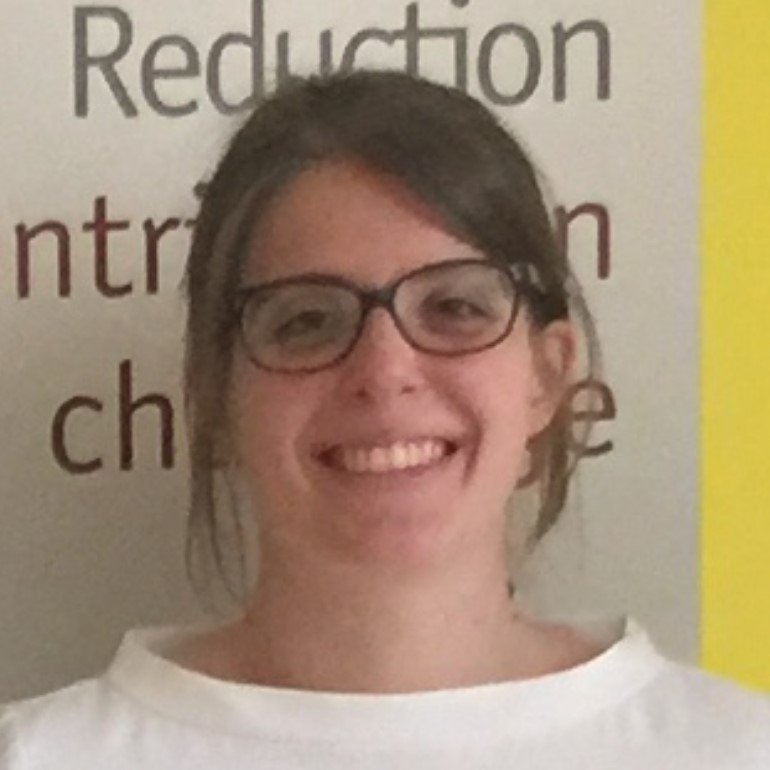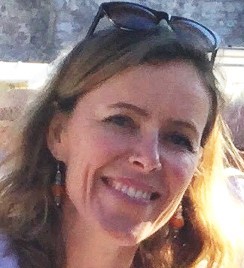This course will introduce the learner to resilient schools and education. It aims to strengthen disaster risk management by providing adequate training on school safety planning and implementation in the context of the commitments of the 2030 Agenda and Systemic Risk. The overall aim of the online course is to strengthen the preparedness, mitigation, recovery and response capacities of the education sector and communities to disaster risks through disaster risk reduction education, school disaster management and safe learning facilities. The course will be comprised of eight modules, each running over two weeks. The online course is structured around the Comprehensive School Safety Framework (CSSF), and is divided in 8 modules aiming to provide a wide-ranging overview of the challenges and opportunities to secure resilient schools and education. Each module consist of presentations, lecture notes, reading list, and related resources (such as videos, bibliography, reports, and study cases among others). The course will be delivered by renowned experts in resilient schools and education.
You can download the detailed course brochure
Meet the Course Instructors
Dr. Jair Torres
Mr. Torres is an international senior consultant on disaster risk reduction, resilience, sustainability and adaptation. He worked at the International Hydrological Programme, the Intergovernmental Oceanographic Commission, and the Unit for Disaster Risk Reduction and Resilience, all at UNESCO; notably on the international activities related to the scientific, educational and policy aspects of natural hazards leading to disaster. He has been involved in activities concerning school safety, early warning systems, and promotion of scientific cooperation and capacity building for disaster risk reduction. Among others, he was responsible for the International Platform for Earthquake Early Warning Systems, the design and implementation of the VISUS Methodology for Assessing School Facilities and the UNESCO Programme for Measuring Resilience. He played an active role in the design and implementation of the International Platform for Reducing Earthquake Disasters, the programme for Reducing Earthquake Losses and the International Network for Multi-hazard Early Warning Systems. Mr. Torres played an important role in the consolidation of the Thematic Platform for Knowledge in the Education Sector that would later become the Global Alliance for Disaster Risk Reduction and Resilience in the Education Sector (GADRRRES), for which he was the coordinator from 2013 to 2015, and from 2017 to 2019 he chaired it. Similarly, he has been a recognized expert on the implementation of the Comprehensive School Safety Framework, as well as, on the design and launch of the Worldwide Initiative for Safe Schools, and some regional Initiatives on the same subject. Mr. Torres is the Editor-in-Chief of the Special Issue on School Safety of the International Scientific Journal for Disaster Risk Reduction. Dr. Torres holds a PhD on Risk and Emergency Management at the Understanding and Managing Extremes Graduate School of the University School for Advanced Studies IUSS in Pavia, Italy. He acquired his master’s degree on Development Studies at the University of Paris III, Sorbonne Nouvelle and his bachelor diploma in Finances and International Relations at the Externado University of Colombia.
Professor Stefano Grimaz
Prof. Grimaz is the Chairholder of the UNESCO Chair on Intersectoral Safety for Disaster Risk Reduction and Resilience at the University of Udine (Italy). Director of Safety and Protection Intersectoral Laboratory (SPRINT-Lab) at the Polytechnic Department of Engineering and Architecture of University of Udine where he is Professor of Engineering Seismology and of Safety and Civil Protection at the Master Degree Courses of Engineering. He carries out research on safety and emergency management with a holistic and intersectoral approach for developing multi-hazard safety assessment and decision-making support tools. He is scientific consultant of national and international institutions and organizations working in the fields of safety, disaster management and resilience. He is author of more than 150 papers in the field of industrial, civil and territorial safety and risk prevention.
Dr. Petra Malisan
Dr. Malisan is a researcher at UNESCO Chair on Intersectoral Safety for Disaster Risk Reduction and Resilience, SPRINT-Lab, at University of Udine (Italy), where she achieved her master’s degree in Civil Engineering and a PhD in Environmental and Energy Engineering Science. Her research focuses mainly on the definition and application of vulnerability-based methods for risk and safety analysis of public facilities, and in particular on the VISUS methodology for making technical triage with a multi-hazard prospective and defining decision-making support tools. She designs and develops tools for simplifying the multi-hazard safety assessment (pre and post event) and supporting the capacity building of users.
Ms. Lucille Anglès
Ms. Anglès has been working as the Coordinator for the Global Alliance for Disaster Risk Reduction and Resilience in the Education Sector (GADRRRES) since May 2018. She has been coordinating the network first under the Chair of UNESCO and then under the Chair of UNICEF. Lucille Anglès has a Master in Physical Geography with a specialization in risk management and especially, flood risk (University Paris VII, Paris, France) as well as a Master in Sustainable Urbanism to better consider natural risks within our cities (UCL, London, UK). She worked as an Officer in an Emergency Management unit of a French Government Administration and did an internship at UNESCO in the DRR and Resilience Unit before working as the Coordinator for GADRRRES. GADRRRES is a multi-stakeholder mechanism composed of UN agencies, international organizations, and global networks. Representatives from regional networks are also affiliated members to the Alliance. The main purposes of GADRRRES are to strengthen global coordination, increase knowledge, and advocate on risk reduction education and safety in the education sector.
Ms. Julia Heiss
Ms. Heiss is a social anthropologist and education planner with extensive experiences in design and implementation of education programs in the area of science education, technical and vocational education, girl’s education, education for sustainable development, education for sustainable consumption and climate change and DRR education. She has worked for the United Nations Education Culture and Science Organization (UNESCO) for 20 years in Kenya, France and coordinated programs in several other countries in Africa, Asia and Latin America. She has also worked for the Global Monitoring Report for Education For All. Mrs. Heiss is currently working in the Regional Office for Southern Africa, based in Harare, Zimbabwe. She holds a MA in Social Anthropology as well as a MA in Education.






